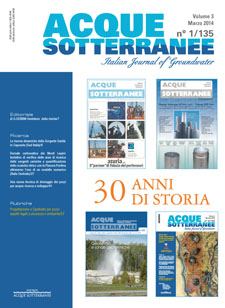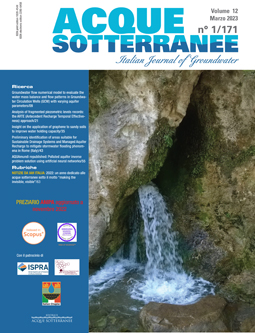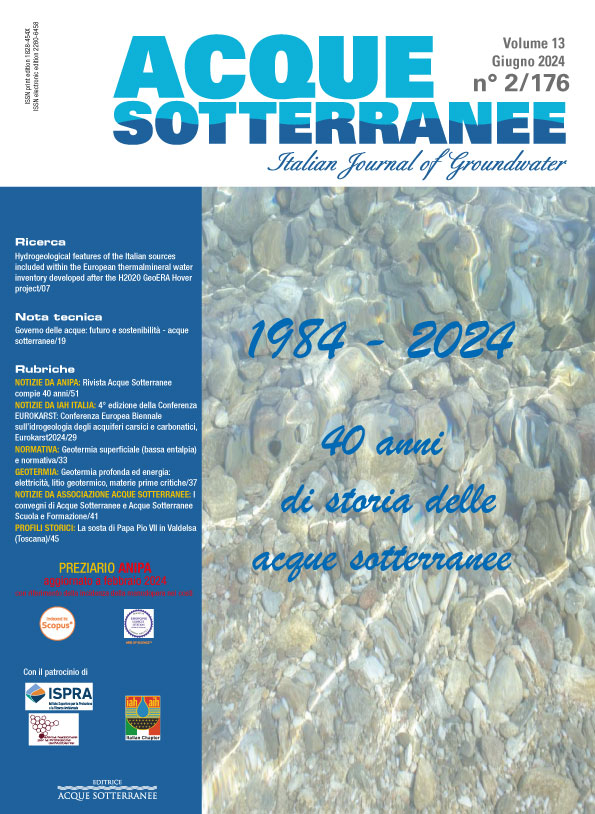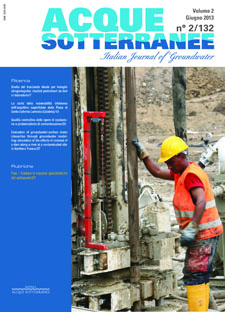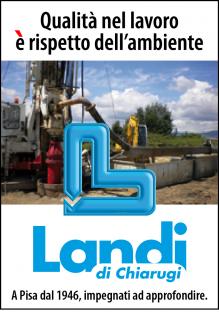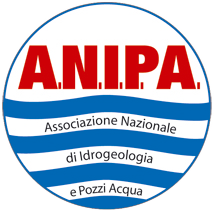Portrait of a Coastal Karst Aquifer: the City of Bari.
The region of Puglia in southeast Italy is noted for its extensive groundwater circulation which, at the very least, runs from the River Ofanto in the north to the southernmost end of the Salento Peninsula in the region’s Mesozoic carbonatic platform. The latter contains in the subsoil the region’s most important water resources. In particular, the so-called “deep karst aquifer” flows seaward almost everywhere, reaching the Adriatic in the northeast and the Ionian Sea in the southwest. Given the high permeability of the rocks comprising the aquifer, almost everywhere there is salt water intrusion. The groundwater thus floats on marine water intrusion until it reaches the sea. Starting from the results obtained following an intensive campaign of hydrogeological surveys carried out to design and construct some major underground works in the city of Bari, this paper focuses on the hydraulic characterisation of the carbonatic aquifer along the coast, whose considerable permeability due to the aquifer’s tectonic fracturing and karstification, is circumstance characterising large areas of the whole Puglia. Thus the hydro-dynamic behaviour of the aquifer is analysed. In particular, we explore the difficult equilibrium between the freshwater aquifer and the underlying saltwater intrusion, in an area of particular interest, especially due to the very gentle hydraulic gradient along which the freshwater reaches its coastal outlet.



